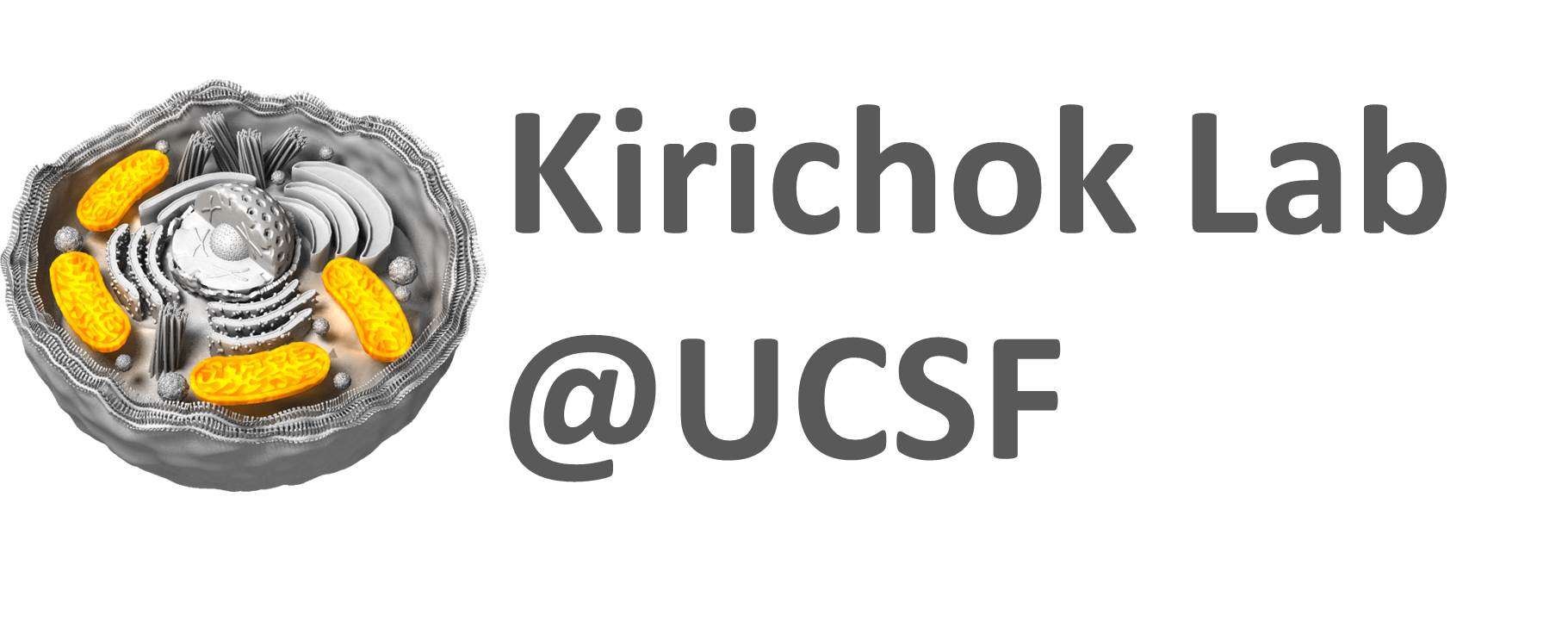Biophysics of Mitochondrial Membranes
The mitochondrion is the primary focus of research in our lab. This intracellular organelle produces energy for the cell, plays important roles in cell aging and death, and generates heat to keep us warm. Mitochondria are bound by two membranes, and transport of ions and metabolites across these membranes constitutes the foundation of mitochondrial physiology. The lack of direct methods to study the mitochondrial ion channels and transporters that mediate this transport has been a major roadblock to understanding mitochondrial physiology at the molecular level and to the development of novel approaches to control mitochondrial function for therapeutic purposes.
In our lab, we have developed methods to simplify application of the patch-clamp technique to mitochondrial membranes, which for the first time made possible direct study of mitochondrial ion channels and transporters involved in mitochondrial energy production. Mitochondrial membranes are complex, and there are significant variations in mitochondrial ion channels and transporters between tissues. The mitochondrial patch-clamp technique provides a significant advantage in exploring this complexity and understanding the basic molecular mechanisms that control mitochondrial physiology in health and disease.
